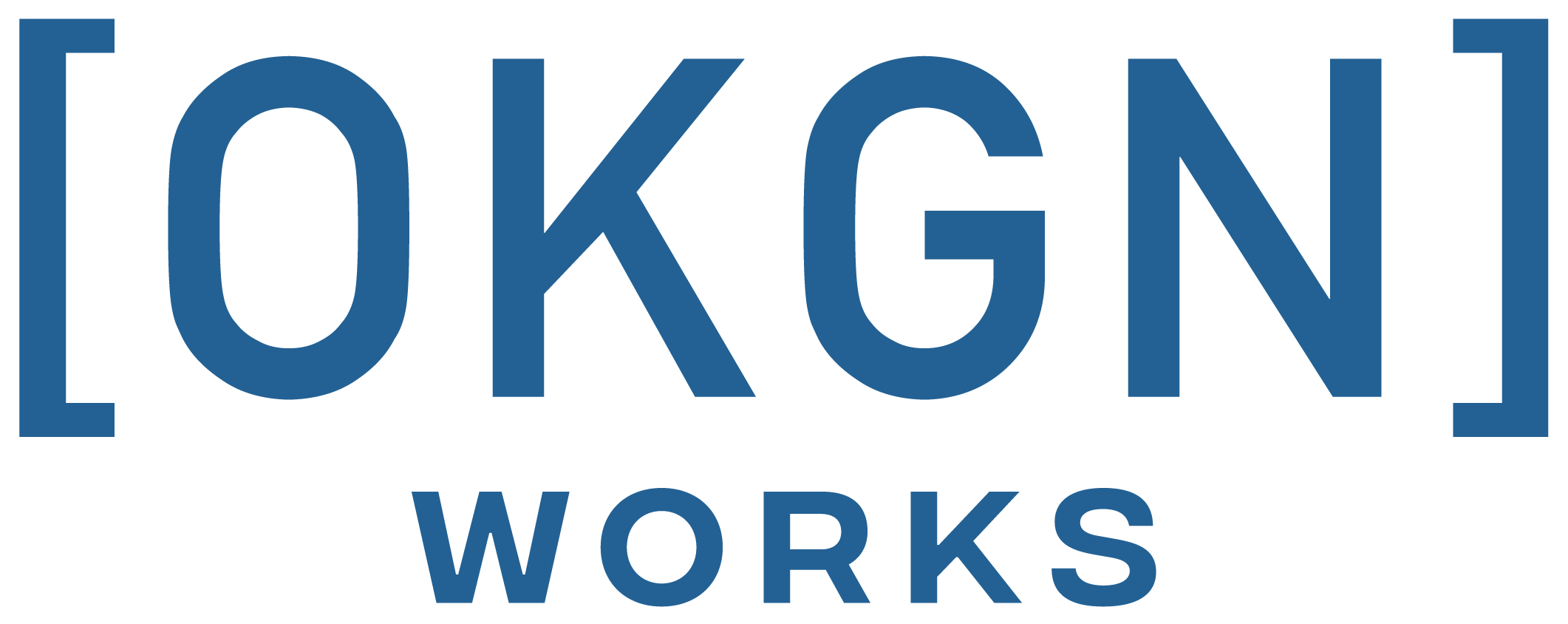What’s Stopping Blockchain from Going Mainstream?
Blockchain has a huge amount of potential benefits but it also has some big blockers. So what keeps this powerful technology from going mainstream? Blockchain, the technology responsible for powering cryptocurrency, has tangible, real-world applications but only if it can be adopted. The question remains, what is the right way to make this happen? I believe education, access, and infrastructure is where it needs to start.
On Education…
Fact: Blockchain does not have a good elevator pitch. Until people can easily understand it and its value, they will be less likely to adopt it.
Crypto has been a hot topic over the last year, with organizations like Ethereum, Bitcoin and Ripple gaining a ton of news coverage. And although many people are starting to find hope in the future of this tech, most people still can’t explain why.
It can be incredibly difficult to explain the value of blockchain technology; and if individuals, businesses and governments can’t immediately grasp the value, there’s a good chance they won’t buy into the idea.
In order to truly understand the value, you first need to understand how it works – and at its’ roots, blockchain is incredibly technical. Terms like nodes, mining, cryptography, sharding, wallets, and proof of work/stake don’t generally have a place in the typical person’s’ vocabulary.
Unfortunately, there is also a distinct lack of educational resources available to help get the average person up to speed. A google search for “Cryptocurrency” or “Blockchain” often brings up ads for exchanges, wallets or token sales. A similar search on Udemy, an online education platform, brings up courses that promise ways to get rich with trading strategies.
Luckily, this is changing. Universities like Duke, MIT and Cornell are beginning to offer blockchain classes that delve into the economics, law and technical aspects of the tech. Many universities, including UBC, are promoting collaborative research initiatives to explore how these emerging technologies be leveraged to benefit our economy.

New York University students in a cryptocurrency course taught by David Yermack, a business and law professor. He had to find a bigger lecture hall for the 225 who signed up. – New York Times
On Ease of Use…
Fact: To conquer mainstream adoption, blockchain companies need to balance functionality with usability to attract a broader, less technical audience.
Cryptocurrency and blockchain tech have been hailed as the future of money. For that to be true, it needs to not only solve technical challenges that our current infrastructure has, but it needs to be simple enough for anyone to use. And most blockchain applications are a long way from being usable for the general public.
Let’s take the most basic use-case: storing your money. In the traditional banking world, you simply bring you ID to the bank, open a bank account and store your funds in it – which is cheap, easy and functional. In crypto, the process is much more technical.
First you’ll first need a wallet, of which there are numerous kinds (such as browser, software, hardware and paper). You’ll be given a public key, as well as a private key (if you lose this, your funds are essentially lost forever). You’ll only be able to access the wallet under certain conditions (ie. with a browser extension, or physical USB device) – and you’ll have to use third-party tools and services to do anything with it (including sending it elsewhere).
Keep in mind that if anything messes up along the way, you are the only one responsible.
There is no customer service line you can call if you accidentally mistyped a number. Send funds to the wrong address? Tough luck. The user is the fault-point for virtually every conceivable error.
To make matters worse, most blockchain apps offer very little in terms of usability and customer experience. Most dApps are built to favor function over design, and the end product ends up looking more like a 2000’s era band website, instead of a trusted financial tool.
UX design is important for conveying trust and value. At BlockCAT, our vision is to make crypto more accessible to everyone, so we’re prioritizing our apps to have user-friendly (yet functional) interfaces to take the fear and uncertainty out of using smart contracts.
Behind the scenes look at the UX direction for our next smart contract application, Tabby Rewards.
On Infrastructure & Application…
Fact: Until users can pay their rent in crypto, they will continue use the tools and services provided by traditional financial institutions.
If you’re hoping to pay for your venti Starbucks latte with Bitcoin, you might be out of luck. As of today, the most viable thing you can do with your valued cryptocurrency is to trade it on an exchange. As it stands, most payment processors don’t support cryptocurrencies, and many banks actively block the transactions to acquire them.
While innovative payment processors are vying to change this, some large financial institutions still don’t seem to be in any kind of rush to support this emerging technology. And if consumers can’t use their funds to buy things, what good is it?
Some things you still can’t do with Cryptocurrency:
-
You can’t really pay for things yet (goods, services, bills, etc.)
-
Have stable value – the “value” of most cyrpto today is extremely volatile (but stablecoins could be the answer)
-
Reset your password. If you lose your private key, your funds are likely lost forever.
-
Sending payments is currently irreversible. You can’t cancel a mistaken transaction (although we’re working on a solution to this at BlockCAT called Tabby Pay).
However, I wouldn’t lose hope just yet. Consumers have been vocal about the need for new, innovative ways to pay. In fact, there’s been a huge push over the last several years to allow purchases via tap, and then shortly after, support for Apple and Android Pay.
But the best way to encourage adoption would be large-scale support from major payment processors, such as Visa and Mastercard. Higher ups’ at these companies are open to the idea down the road, but have expressed the need for more regulation and stability in the space.
In Conclusion
Blockchain tech has tangible, real-world applications if we can work together to solve infrastructure and adoption. One of the biggest things we can do to advocate for this change is to educate ourselves, and others, about the inevitable impact that blockchain tech will have in our lives.
Connect with Justin Veenema, the Community Manager at BlockCAT Technologies Inc.

Hungry for more? Fintech News | Vol.1 – What is Blockchain?






